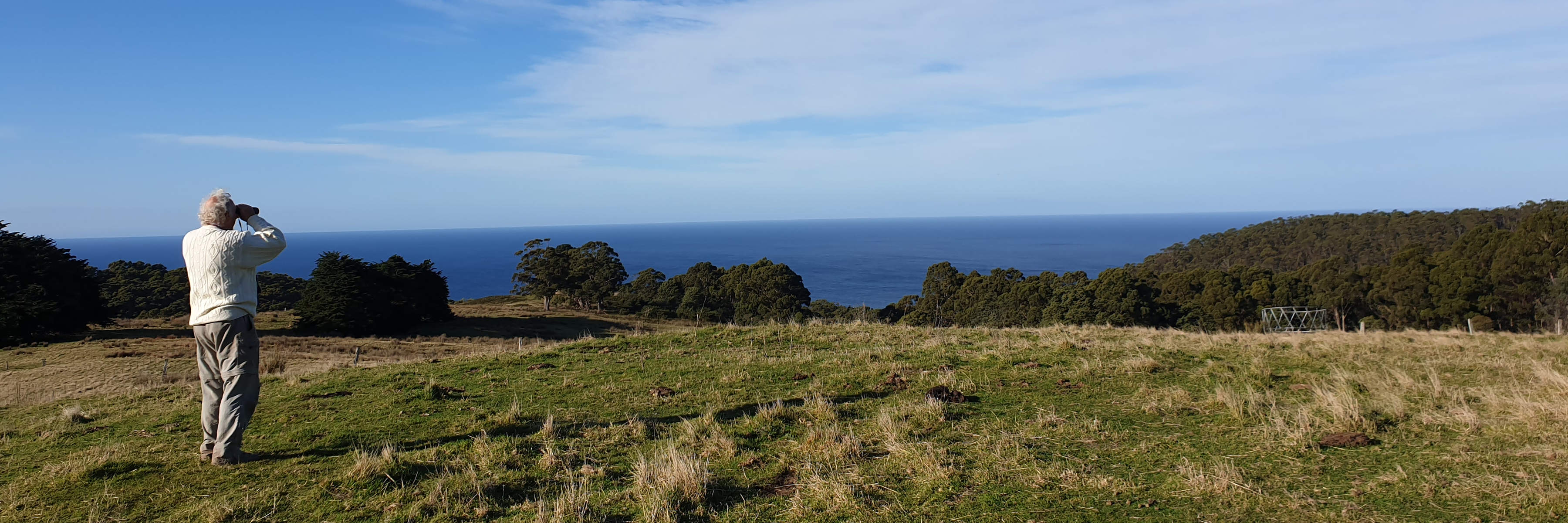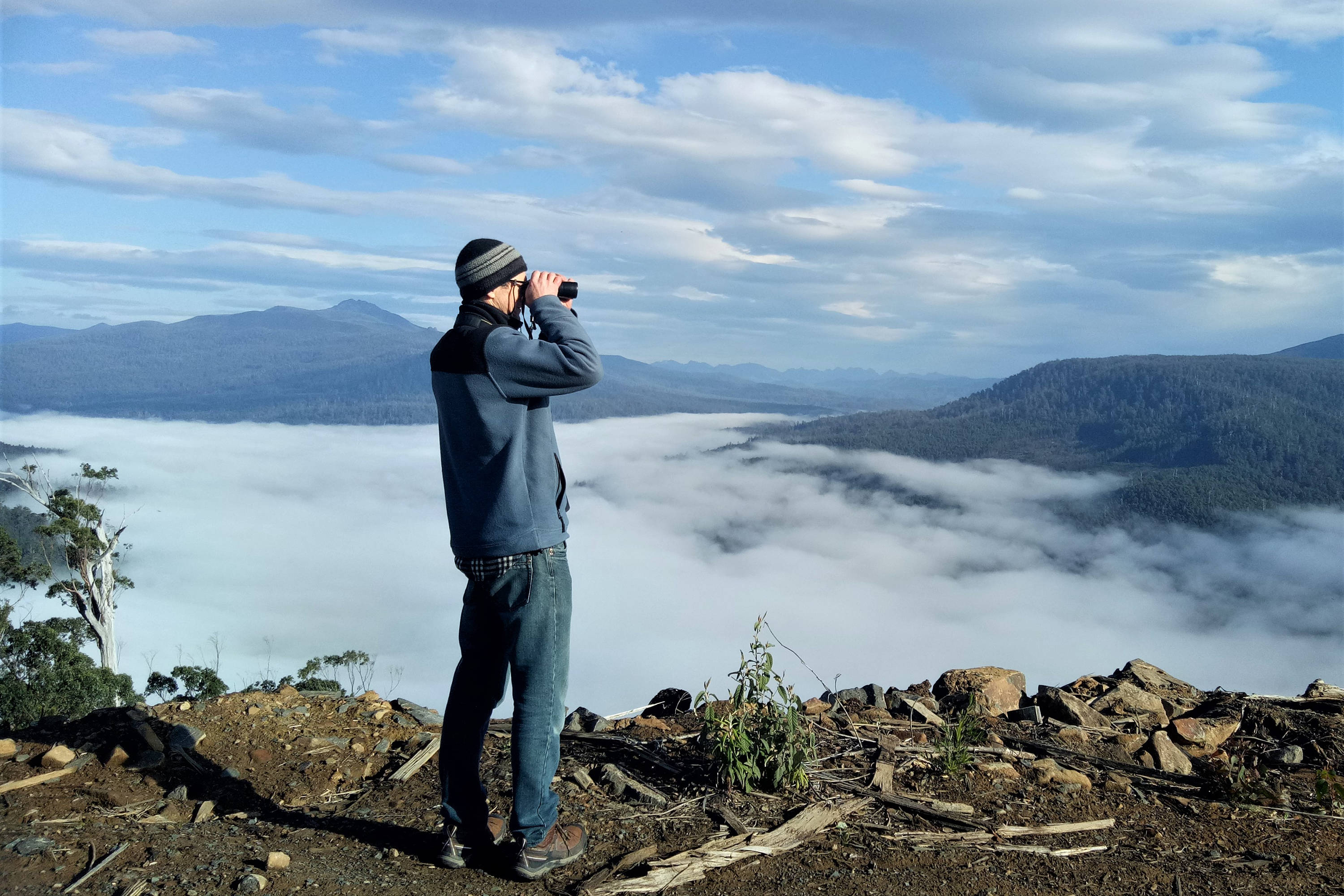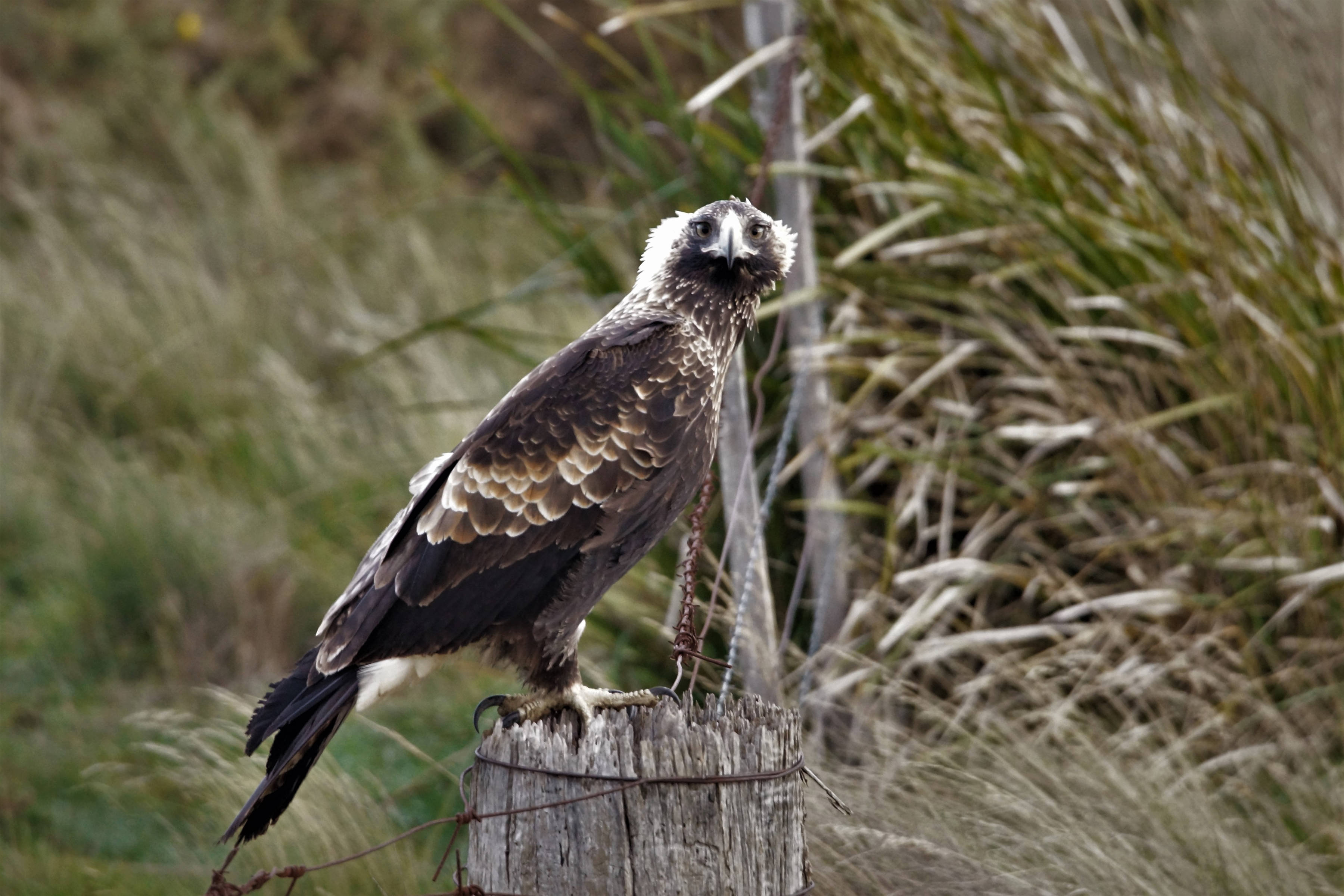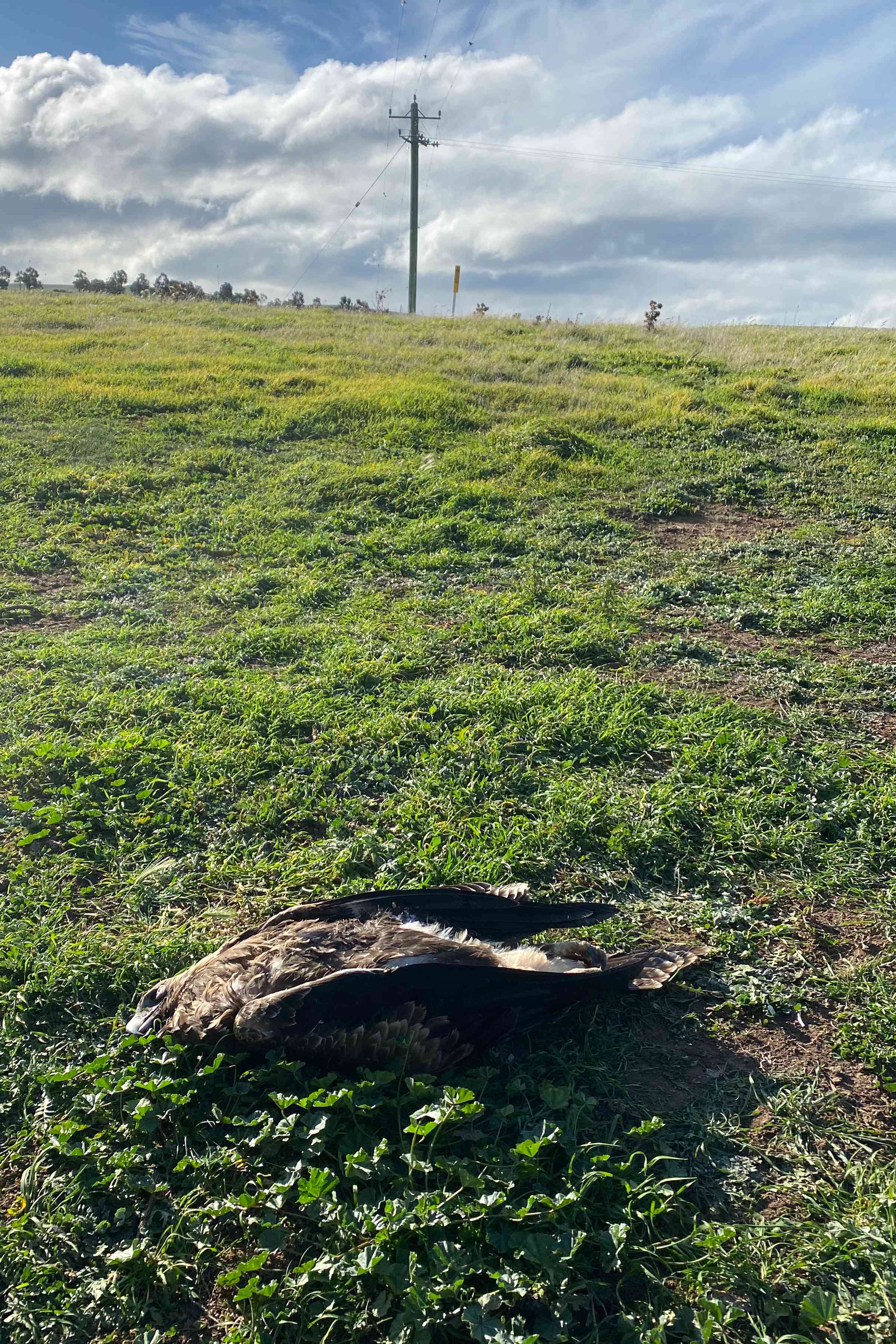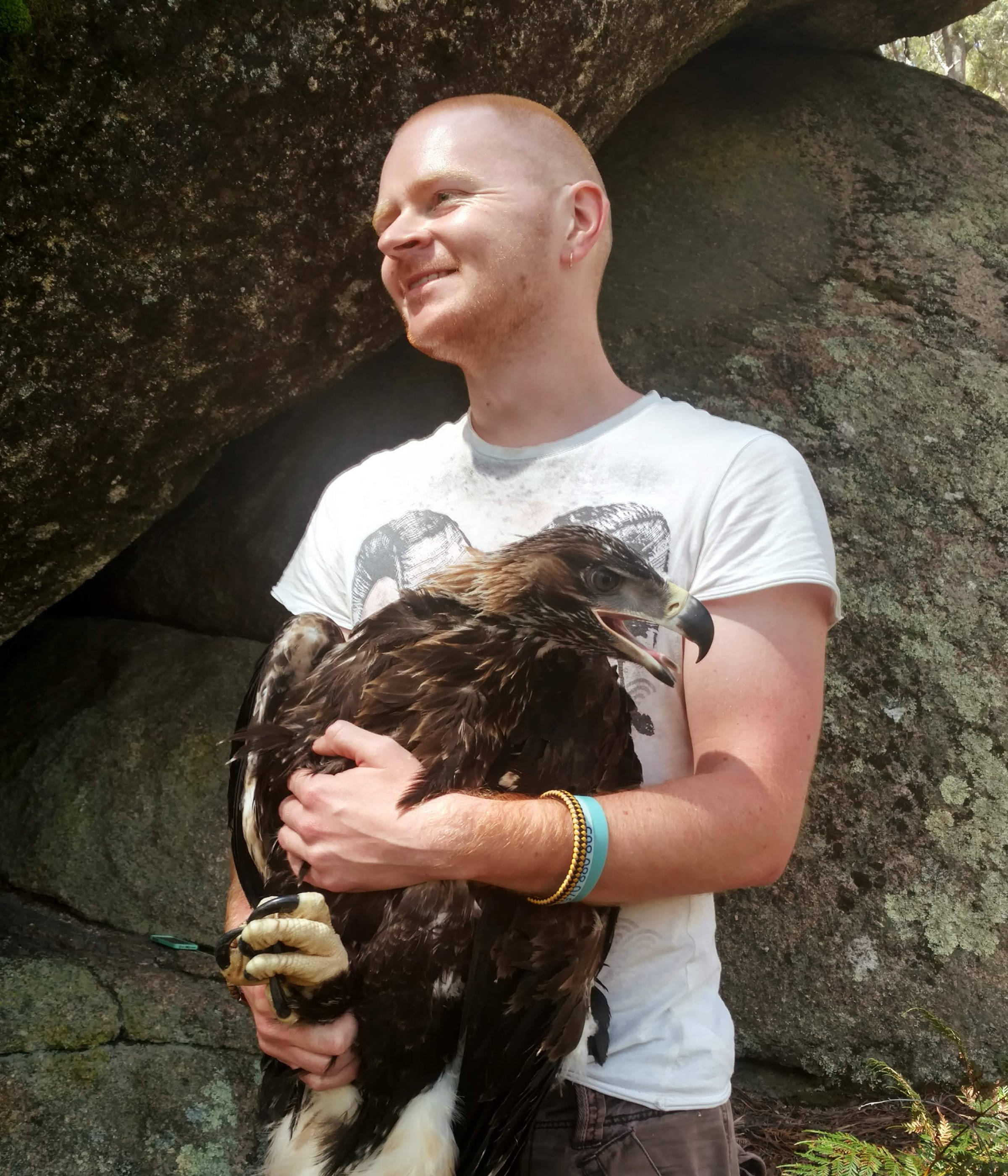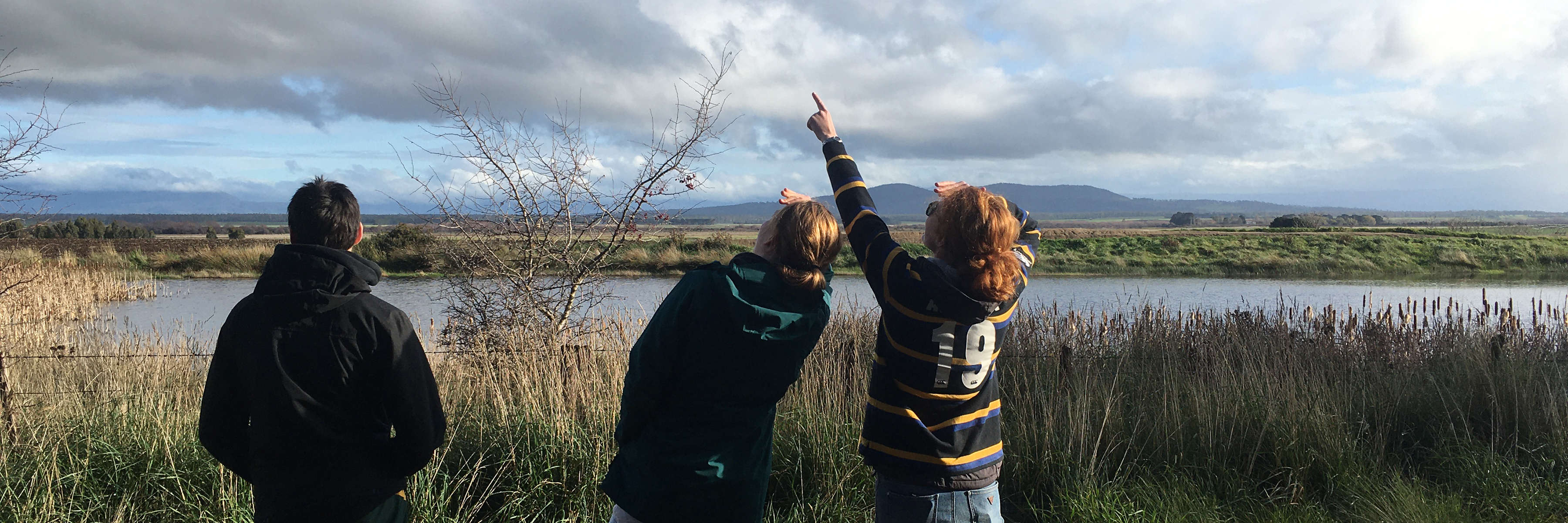Is the wedgie population changing in size?
Apparently not so far, but we have to wait a few more years. The more squares we survey each year, the smaller the changes we can detect. Also, decisions about whether a species should be listed as threatened, and its category (Endangered, Vulnerable etc.), mostly rest on whether its population has changed in size by at least 30% over at least a decade. The numbers of any wild population are likely to bounce around by a certain amount from year to year, so it’s important to assess the significance of any changes over a multi-year time-scale.
